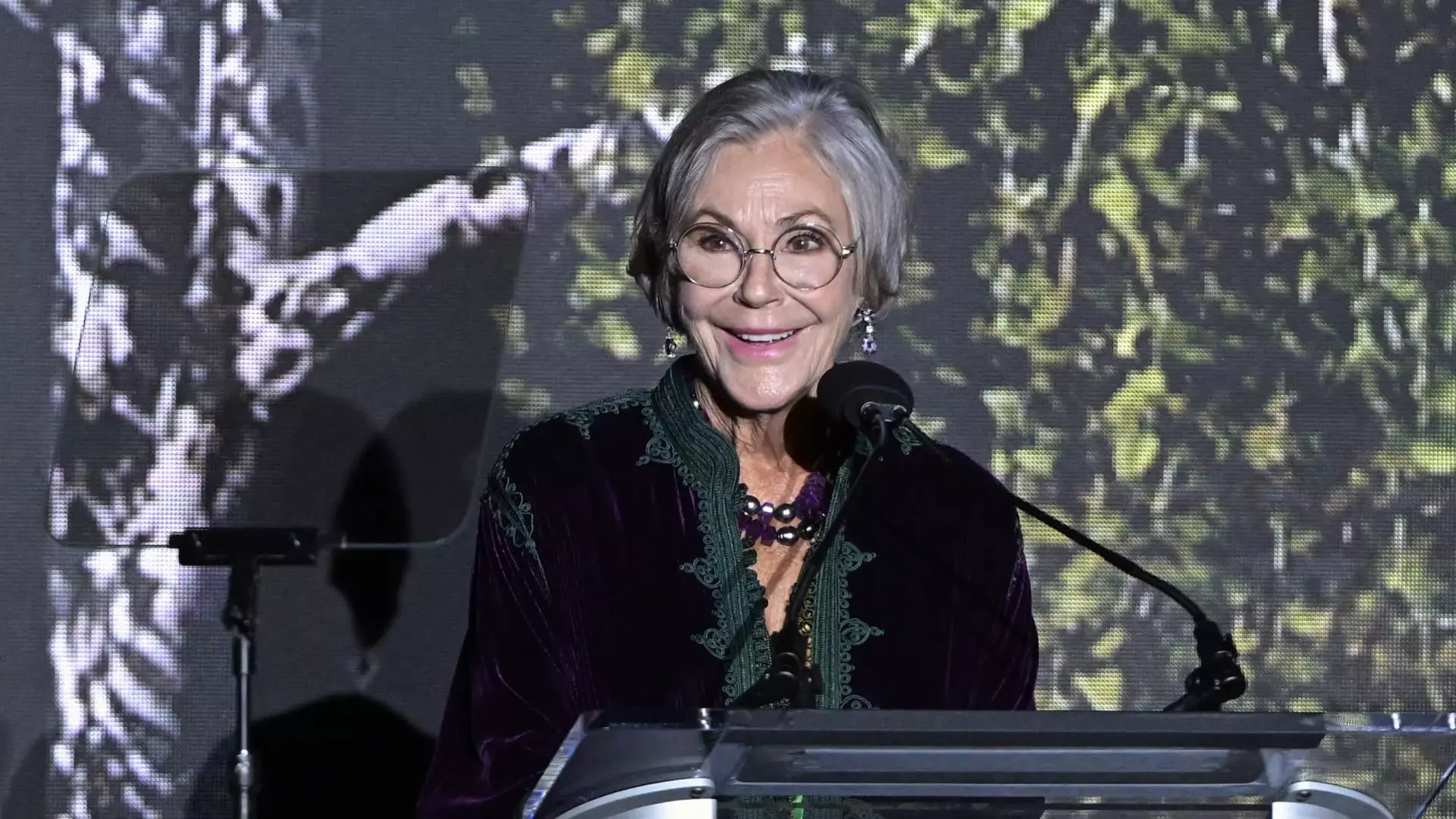Recent analyses reveal that as women increasingly attain financial prominence globally, they are also making significant strides within the elite billionaire class. This trend marks a shift not only in demographics but also in the dynamics of wealth distribution and philanthropy. According to a comprehensive report by Altrata, women now represent approximately 13% of the 3,323 billionaires worldwide, amounting to 431 individuals. While this figure may seem modest, it reflects a consistent growth trajectory over the past decade, illustrating how changing attitudes and behaviors are reshaping the landscape of wealth.
The rise of female billionaires can be attributed to multiple factors, including the gradual evolution of societal norms concerning women’s roles in business, increased female entrepreneurship, and an ongoing transfer of wealth through inheritance. In particular, inheritances appear to play a central role in this upward trend. The Altrata report indicates that around 75% of female billionaires owe their fortunes to inherited wealth. In contrast, only 5% of male billionaires have the same background, signaling a distinct disparity in how wealth is accrued across genders.
Projected trends indicate that women are expected to inherit a staggering $30 trillion in the upcoming decade, driving a phenomenon known as the “Great Wealth Transfer.” This expected surge in wealth among women poses profound implications, as it is likely to further increase their representation within the billionaire class.
However, the pathways to wealth are not uniform for men and women. While a quarter of female billionaires have built their fortunes through self-made ventures, a significant majority rely on inherited wealth. As women inherit substantial assets, their involvement in philanthropic activities tends to increase, driven by a strong link between inherited wealth and social responsibility. This inclination toward philanthropy diverges markedly from their male counterparts, who are less inclined to engage in nonprofit work.
Indeed, the philanthropic tendencies of billionaire women shape their identities and wealth management strategies. The Altrata report emphasizes that nearly 20% of female billionaires dedicate the majority of their time to nonprofit organizations, a stark contrast to just 5% of their male peers. This disposition can partly be attributed to the “fewer commercial commitments” that female billionaires typically face, allowing them the capacity and resources to focus on social causes such as welfare and justice.
Interestingly, their financial portfolios also exhibit distinctive characteristics. Female billionaires are more inclined to hold wealth in private stock holdings, with 35% of their assets tied to private companies, as opposed to only 28% for men. Moreover, women tend to gravitate towards liquid assets and cash, with a compelling 39% of their wealth in such forms, compared to 30% for men. Conversely, male billionaires favor investments in the stock market, largely perpetuated by a predominance of tech-focused entrepreneurs.
Another revealing difference can be seen in asset ownership and leisure pursuits, which further illustrate the contrasting priorities of male and female billionaires. Women are 1.5 times more likely to own luxury real estate valued over $10 million, showcasing their affinity for tangible, appreciating commodities. Meanwhile, their male counterparts are mainly attracted to luxury items related to leisure, including private jets and expensive cars. In fact, billionaire men are 3.8 times more likely to possess a vehicle worth over $1 million.
When it comes to hobbies, stark contrasts emerge again. Philanthropy stands out as the primary interest for 71% of female billionaires. In comparison, sports dominate the recreational activities of their male counterparts, again reflecting the deeper societal influences molding their identities. Additionally, hobbies such as art, education, and travel are more frequently associated with women, while men lean toward interests like aviation, outdoor activities, and political engagements.
The increasing presence of women in the billionaire class represents a transformative shift in wealth dynamics, effectively challenging traditional perceptions surrounding wealth accumulation. As women increasingly inherit substantial fortunes and engage in philanthropic endeavors, they not only contribute to societal improvement but also redefine what it means to be a billionaire in the modern world. With the expected transfer of wealth on the horizon, the implications for female billionaires and their societal impact could be profound, ushering in a new era where wealth is deployed with purpose and social responsibility takes center stage.

